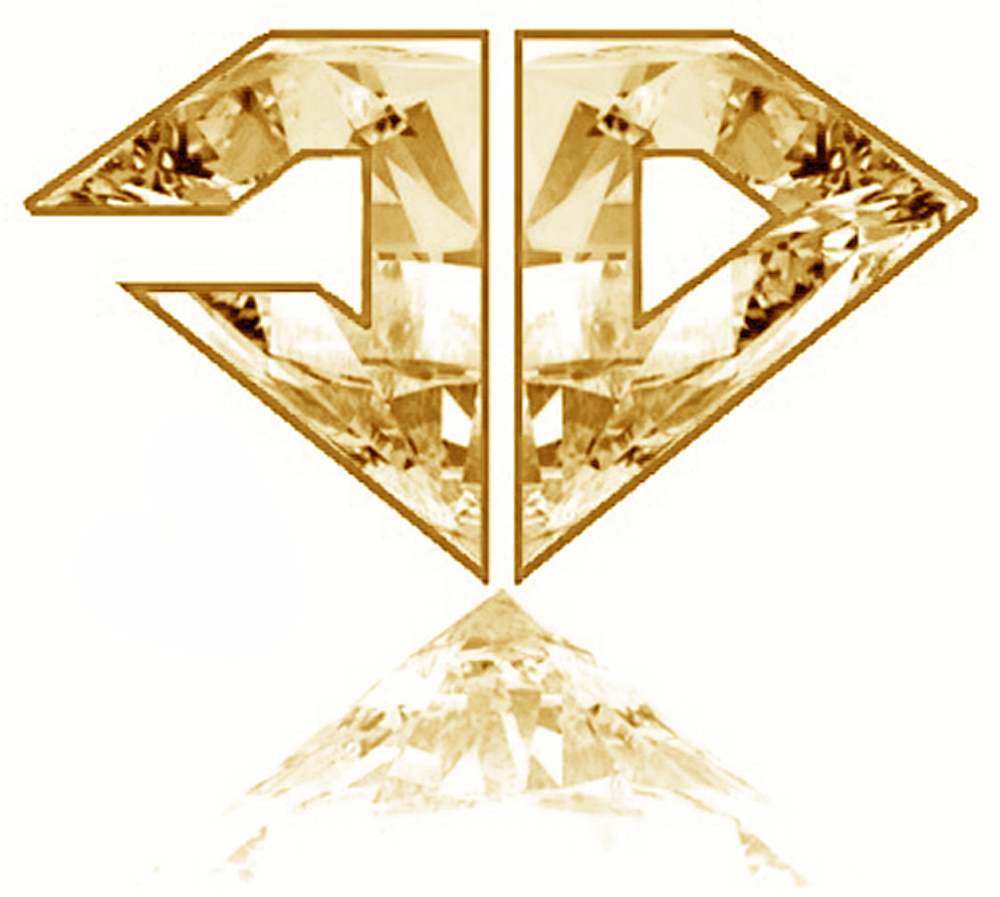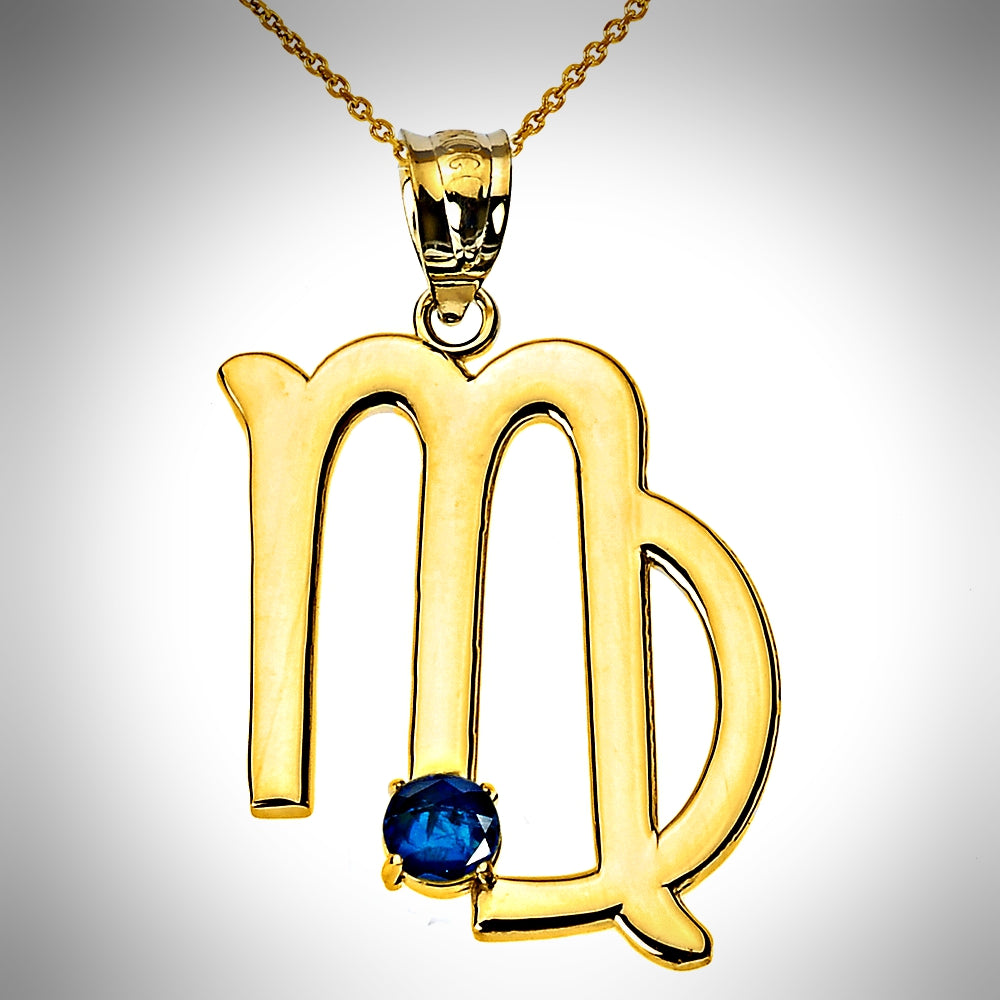
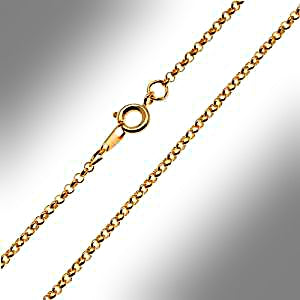
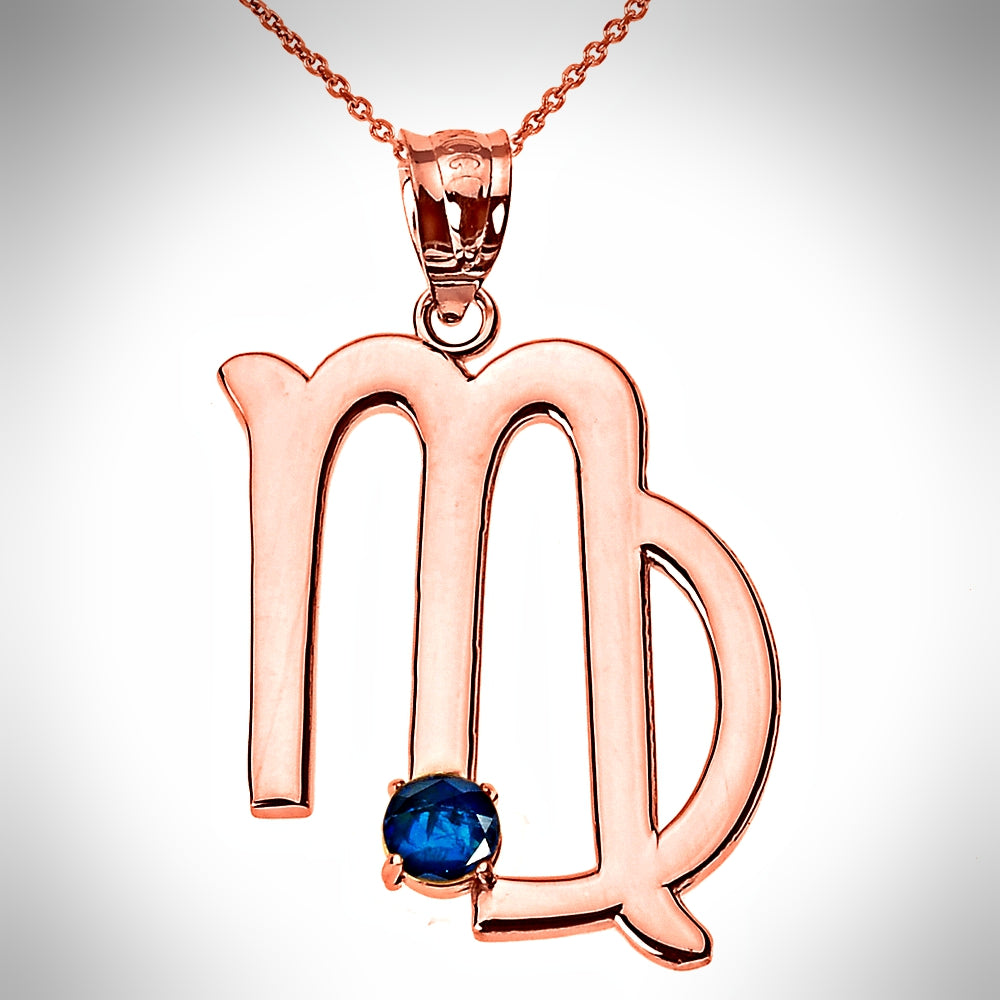
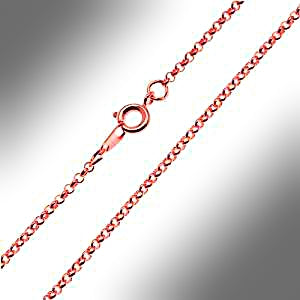
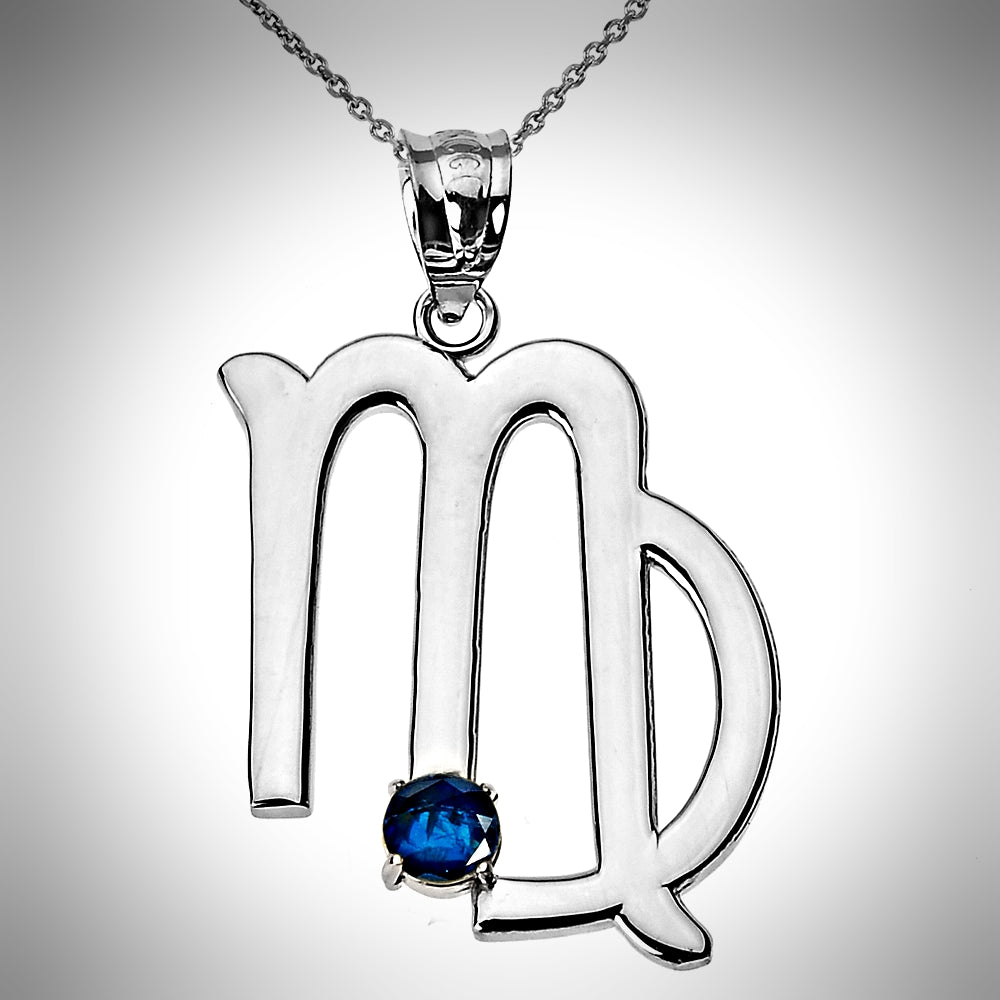
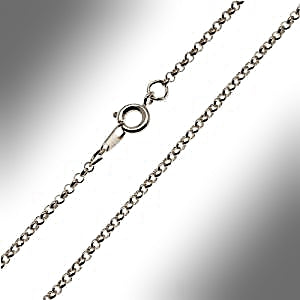
![[Wedding Bands], [Jewelry], [Hand Braided Wedding Bands], [Engagement Rings] - JDBands](http://www.jdbands.com/cdn/shop/products/FD1120VIRGOYB.jpg?v=1541129587)
![[Wedding Bands], [Jewelry], [Hand Braided Wedding Bands], [Engagement Rings] - JDBands](http://www.jdbands.com/cdn/shop/products/Yellow_Chain_8128851b-ca5f-42bd-ab6e-23f9feadf553.jpg?v=1543707739)
![[Wedding Bands], [Jewelry], [Hand Braided Wedding Bands], [Engagement Rings] - JDBands](http://www.jdbands.com/cdn/shop/products/FD1120VIRGORB.jpg?v=1543707751)
![[Wedding Bands], [Jewelry], [Hand Braided Wedding Bands], [Engagement Rings] - JDBands](http://www.jdbands.com/cdn/shop/products/Pink_Rose_Chain_4846f21e-7ee8-4f8e-8295-5817fe525794.jpg?v=1543707759)
![[Wedding Bands], [Jewelry], [Hand Braided Wedding Bands], [Engagement Rings] - JDBands](http://www.jdbands.com/cdn/shop/products/FD1120VIRGOWB.jpg?v=1543707765)
![[Wedding Bands], [Jewelry], [Hand Braided Wedding Bands], [Engagement Rings] - JDBands](http://www.jdbands.com/cdn/shop/products/White_Chain_0e270ded-08cc-4c72-8b62-32cf4caeace7.jpg?v=1543707769)
Birthstone Virgo (Aug 23-Sep 22) Zodiac Sign Pendant Necklace
Virgo, the Disappointed Goddess Seeking goodness in humankind is the story of Virgo, and disappointment seems to be inevitable from their point of view. The first time they came from their cloud and jumped onto planet Earth, it felt like their mission is to use their existence for good, discovering ways of justice and purity in other people. Once they fail to find it too many times, Virgos will pull away, get lost, turn to substance abuse, or simply separate from other people to sit on the bench, criticize and judge.
Virgos are always paying attention to the smallest details and their deep sense of humanity makes them one of the most careful signs of the zodiac. Their methodical approach to life ensures that nothing is left to chance, and although they are often tender, their heart might be closed for the outer world. This is a sign often misunderstood, not because they lack the ability to express, but because they won’t accept their feelings as valid, true, or even relevant when opposed to reason. The symbolism behind the name speaks well of their nature, born with a feeling they are experiencing everything for the first time.
Virgo is an Earth sign, fitting perfectly between Taurus and Capricorn. This will lead to a strong character, but one that prefers conservative, well-organized things and a lot of practicality in their everyday life. These individuals have an organized life, and even when they let go to chaos, their goals and dreams still have strictly defined borders in their mind. Constantly worried that they missed a detail that will be impossible to fix, they can get stuck in details, becoming overly critical and concerned about matters that nobody else seems to care much about.
Since Mercury is the ruling planet of this sign, its representatives have a well-developed sense of speech and writing, as well as all other forms of communication. Many Virgos may choose to pursue a career as writers, journalists, and typists, but their need to serve others makes them feel good as caregivers, on a clear mission to help.
- Element: Earth
- Quality: Mutable
- Color: Grey, Beige, Pale-Yellow
- Day: Wednesday
- Ruler: Mercury
- Greatest Overall Compatibility: Pisces, Cancer
- Lucky Numbers: 5, 14, 15, 23, 32
- Date range: August 23 = September 22
Sapphire is a gemstone, a variety of the mineral corundum, an aluminum oxide. It is typically blue, but natural "fancy" sapphires also occur in yellow, purple, orange, and green colors; "parti sapphires" show two or more colors. The only color which sapphire cannot be is red – as red colored corundum is called ruby. another corundum variety. Pink colored corundum may be either classified as ruby or sapphire depending on locale. This variety in color is due to trace amounts of elements such as iron, titanium, chromium, copper or magnesium.
Blue sapphires are evaluated based upon the purity of their primary hue. Purple, violet, and green are the most common secondary hues found in blue sapphires. Violet and purple can contribute to the overall beauty of the color, while green is considered to be distinctly negative. Blue sapphires with up to 15% violet or purple are generally said to be of fine quality. Gray is the normal saturation modifier or mask found in blue sapphires. Gray reduces the saturation or brightness of the hue, and therefore has a distinctly negative effect.
Sapphires in colors other than blue are called "fancy" or "parti colored" sapphires.
Fancy sapphires are often found in yellow, orange, green, brown, purple and violet hues.
Particolored sapphires are those stones which exhibit two or more colors within a single stone. Australia is the largest source of particolored sapphires; they are not commonly used in mainstream jewelry and remain relatively unknown. Particolored sapphires cannot be created synthetically and only occur naturally.
Colorless sapphires have historically been used as diamond substitutes in jewelry.
Padparadscha is a delicate, light to medium toned, pink-orange to orange-pink hued corundum, originally found in Sri Lanka, but also found in deposits in Vietnam and parts of East Africa. Padparadscha sapphires are rare; the rarest of all is the totally natural variety, with no sign of artificial treatment.
A star sapphire is a type of sapphire that exhibits a star-like phenomenon known as asterism; red stones are known as "star rubies". Star sapphires contain intersecting needle-like inclusions following the underlying crystal structure that causes the appearance of a six-rayed "star"-shaped pattern when viewed with a single overhead light source. The inclusion is often the mineral rutile, a mineral composed primarily of titanium dioxide. The stones are cuten cabochon, typically with the center of the star near the top of the dome. Occasionally, twelve-rayed stars are found, typically because two different sets of inclusions are found within the same stone, such as a combination of fine needles of rutile with small platelets of hematite; the first results in a whitish star and the second results in a golden-colored star. During crystallisation, the two types of inclusions become preferentially oriented in different directions within the crystal, thereby forming two six-rayed stars that are superimposed upon each other to form a twelve-rayed star. Misshapen stars or 12-rayed stars may also form as a result of twinning. The inclusions can alternatively produce a "cat's eye" effect if the 'face-up' direction of the cabochon's dome is oriented perpendicular to the crystal's c-axis rather than parallel to it. If the dome is oriented in between these two directions, an 'off-center' star will be visible, offset away from the high point of the dome.
A rare variety of natural sapphire, known as color-change sapphire, exhibits different colors in different light. Color change sapphires are blue in outdoor light and purple under incandescent indoor light, or green to gray-green in daylight and pink to reddish-violet in incandescent light. Color change sapphires come from a variety of locations, including Thailand and Tanzania. The color-change effect is caused by the interaction of the sapphire, which absorbs specific wavelengths of light, and the light-source, whose spectral output varies depending upon the illuminant. Transition-metal impurities in the sapphire, such as chromium and vanadium, are responsible for the color change.
Certain synthetic color-change sapphires have a similar color change to the natural gemstone alexandrite and they are sometimes marketed as "alexandrium" or "synthetic alexandrite". However, the latter term is a misnomer: synthetic color-change sapphires are, technically, not synthetic alexandrites but rather alexandrite simulants. This is because genuine alexandrite is a variety of chrysoberyl: not sapphire, but an entirely different mineral.
- SKU: JD-FD1130VIRGOB
- METAL: Yellow Gold, Pink/ Rose Gold, White Gold
- STONE: Genuine Sapphire
